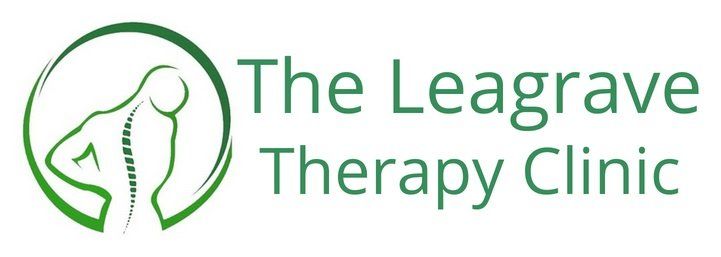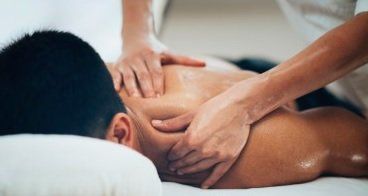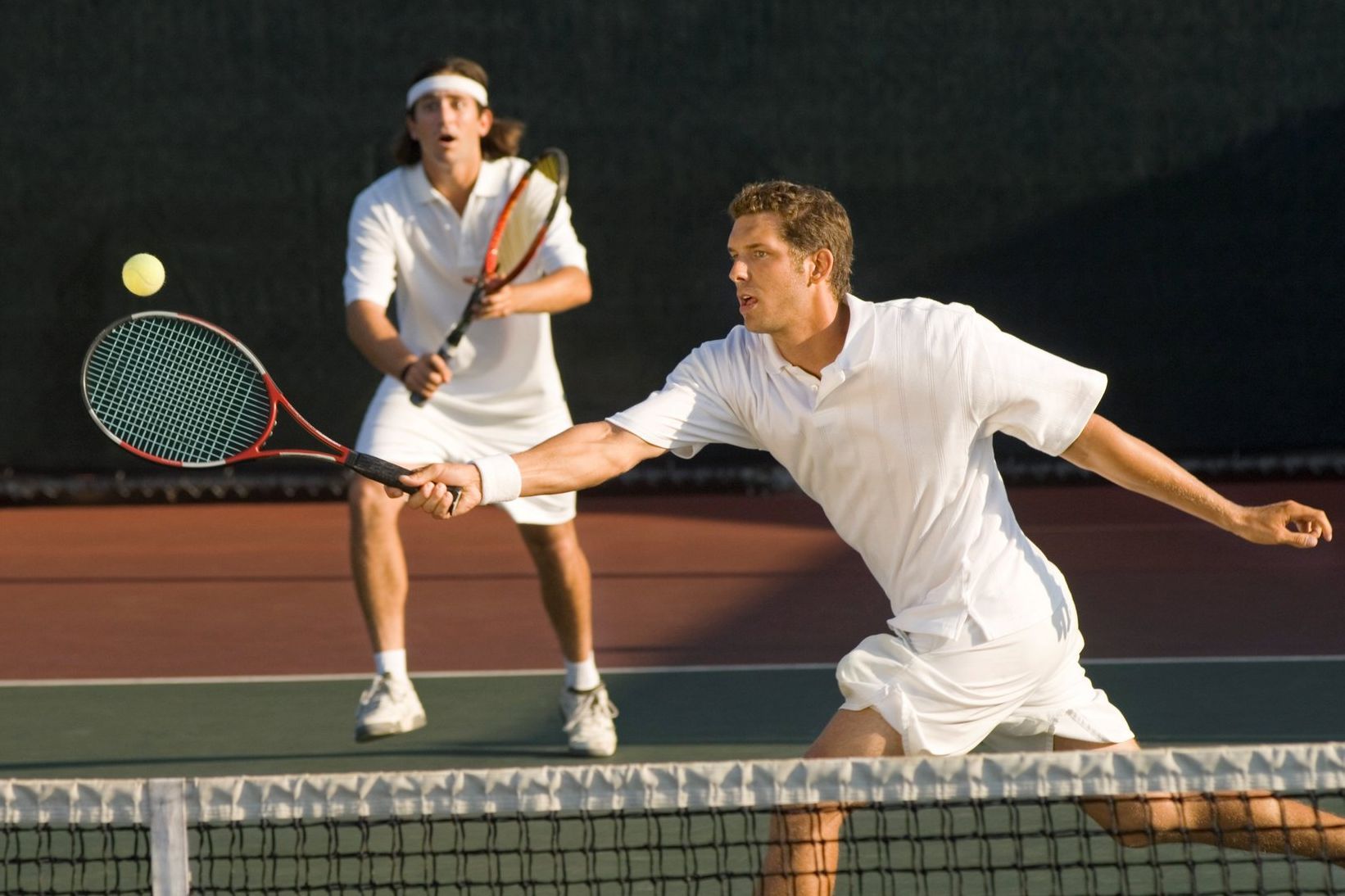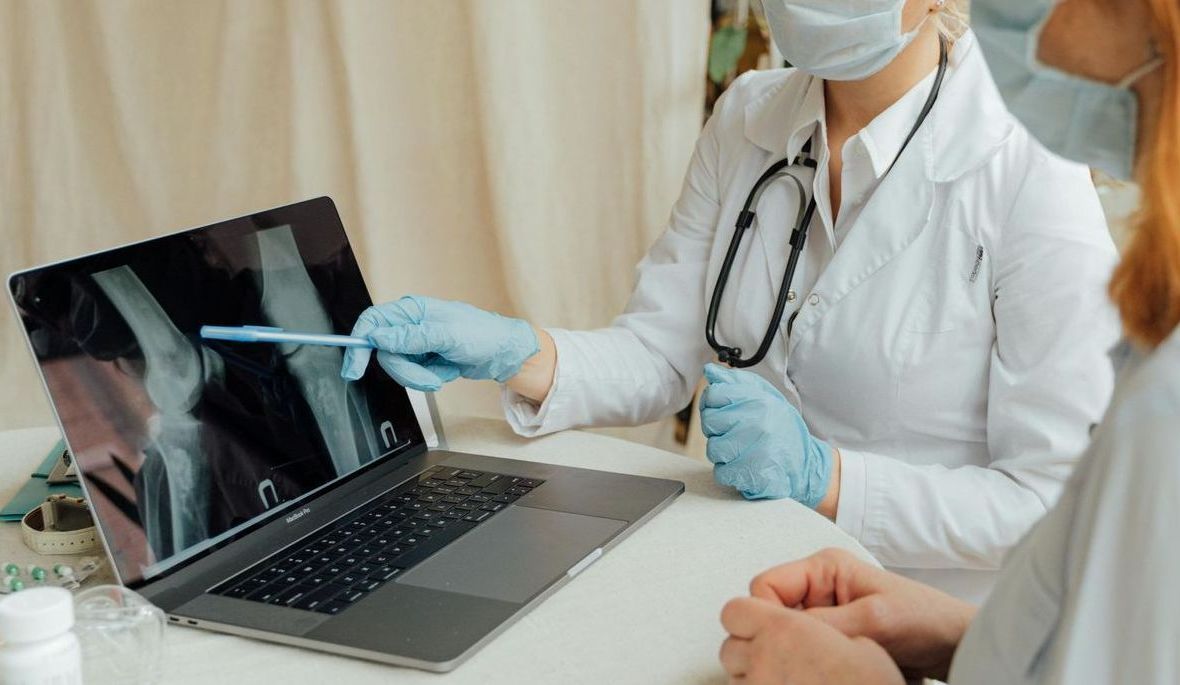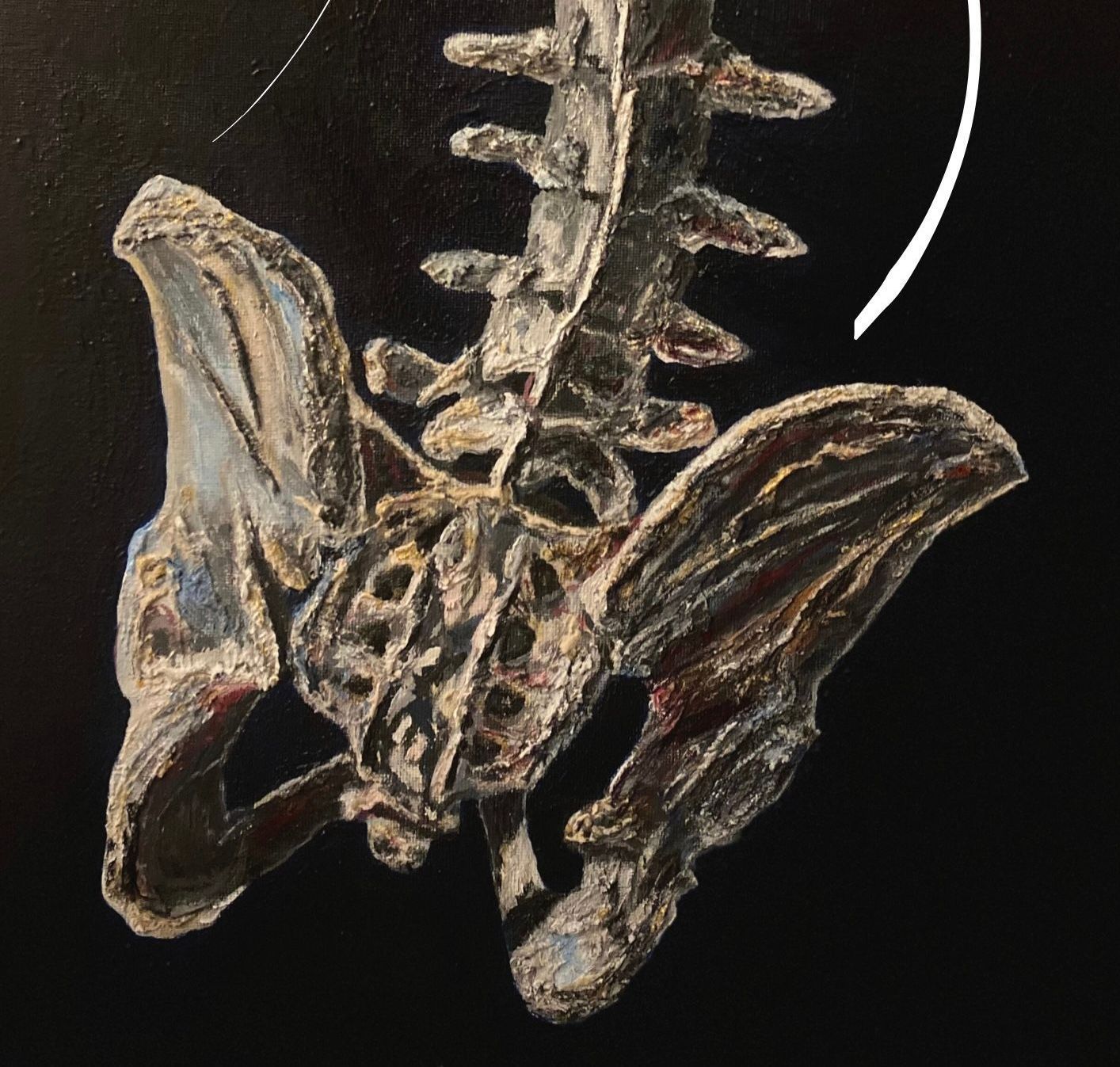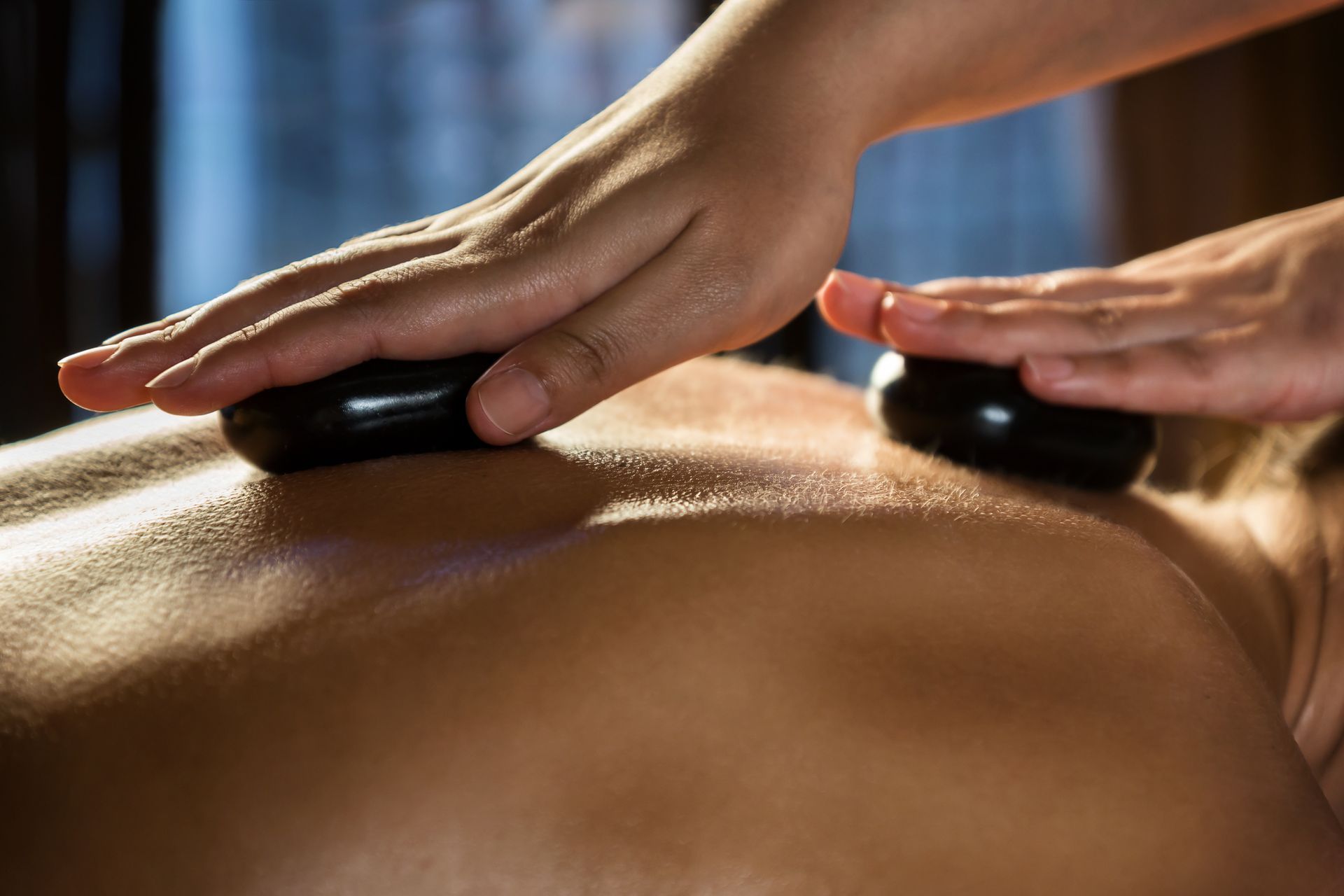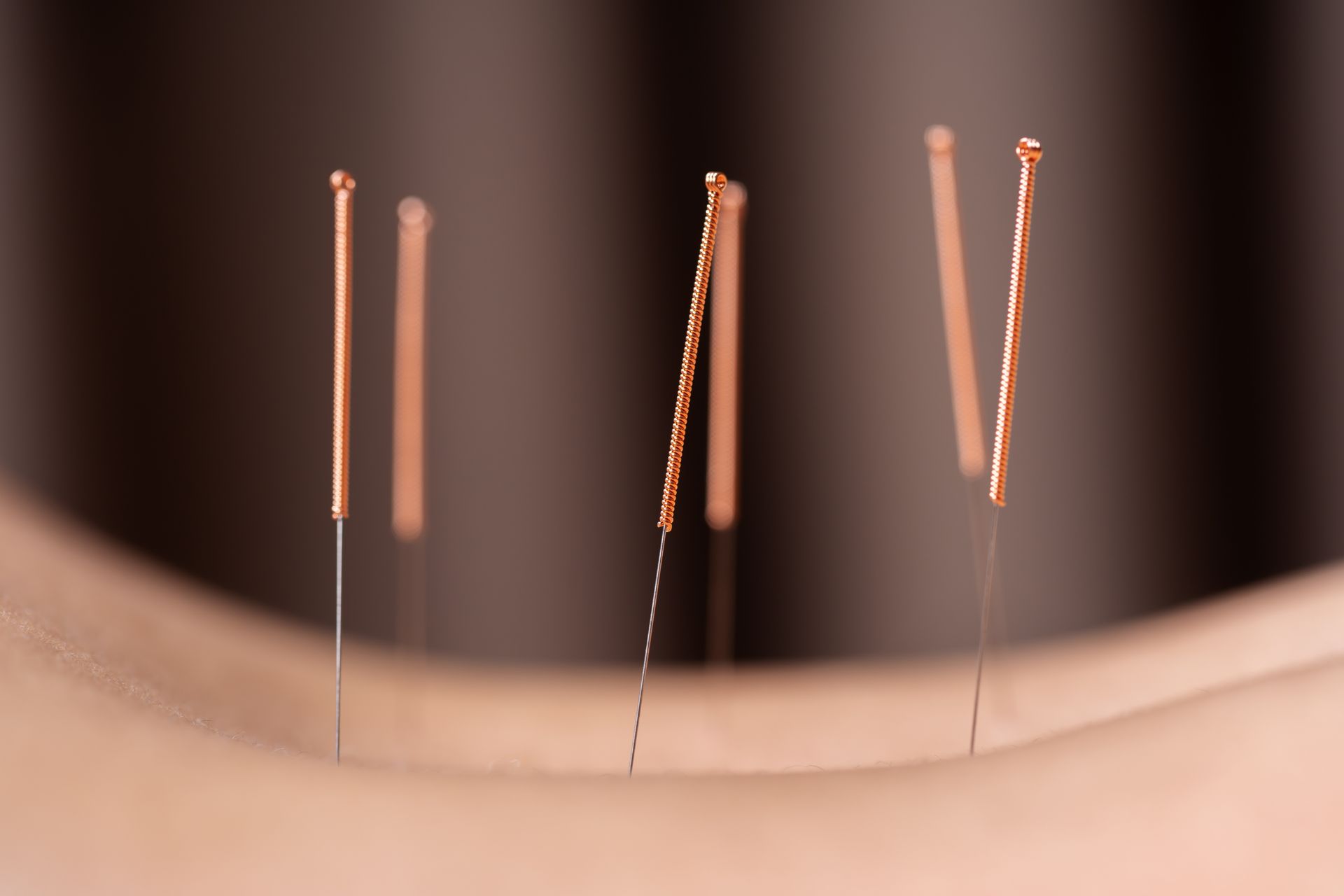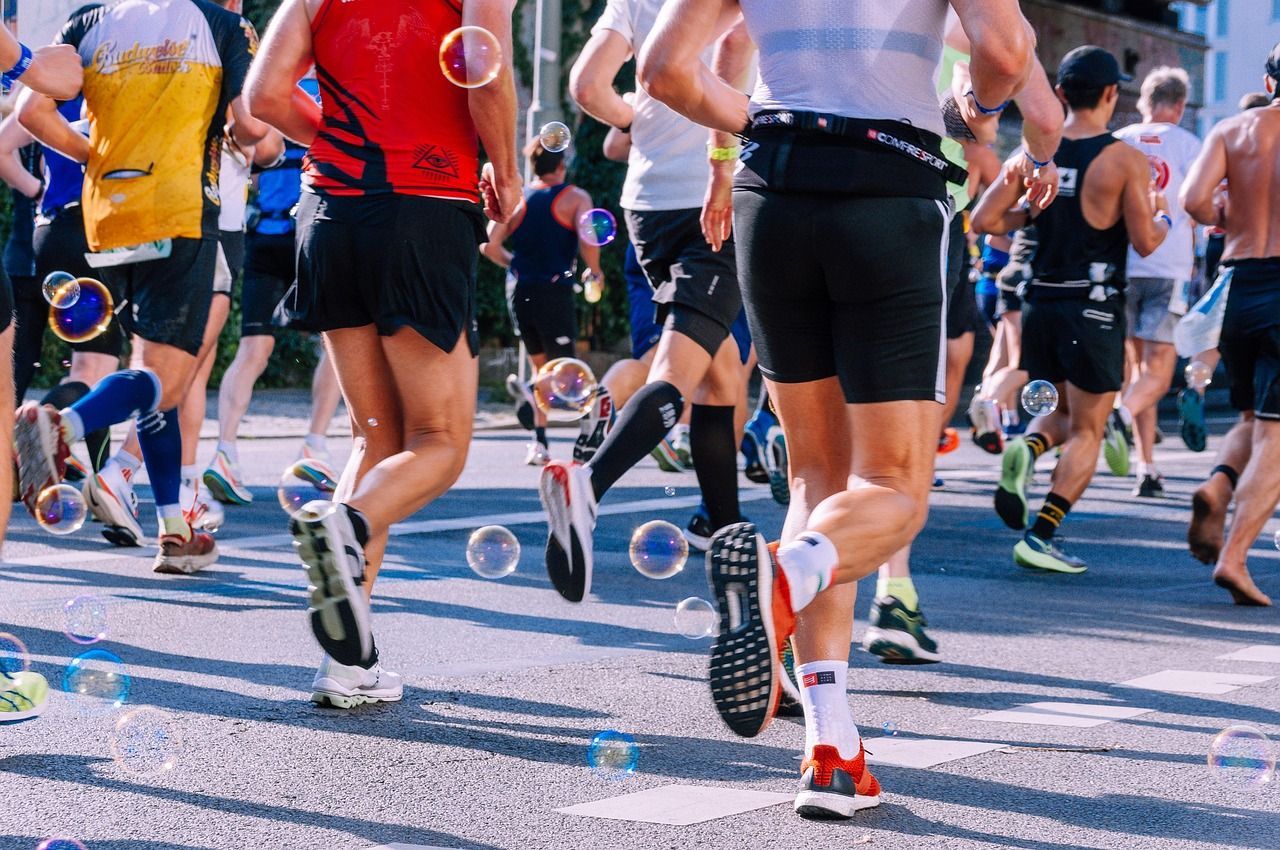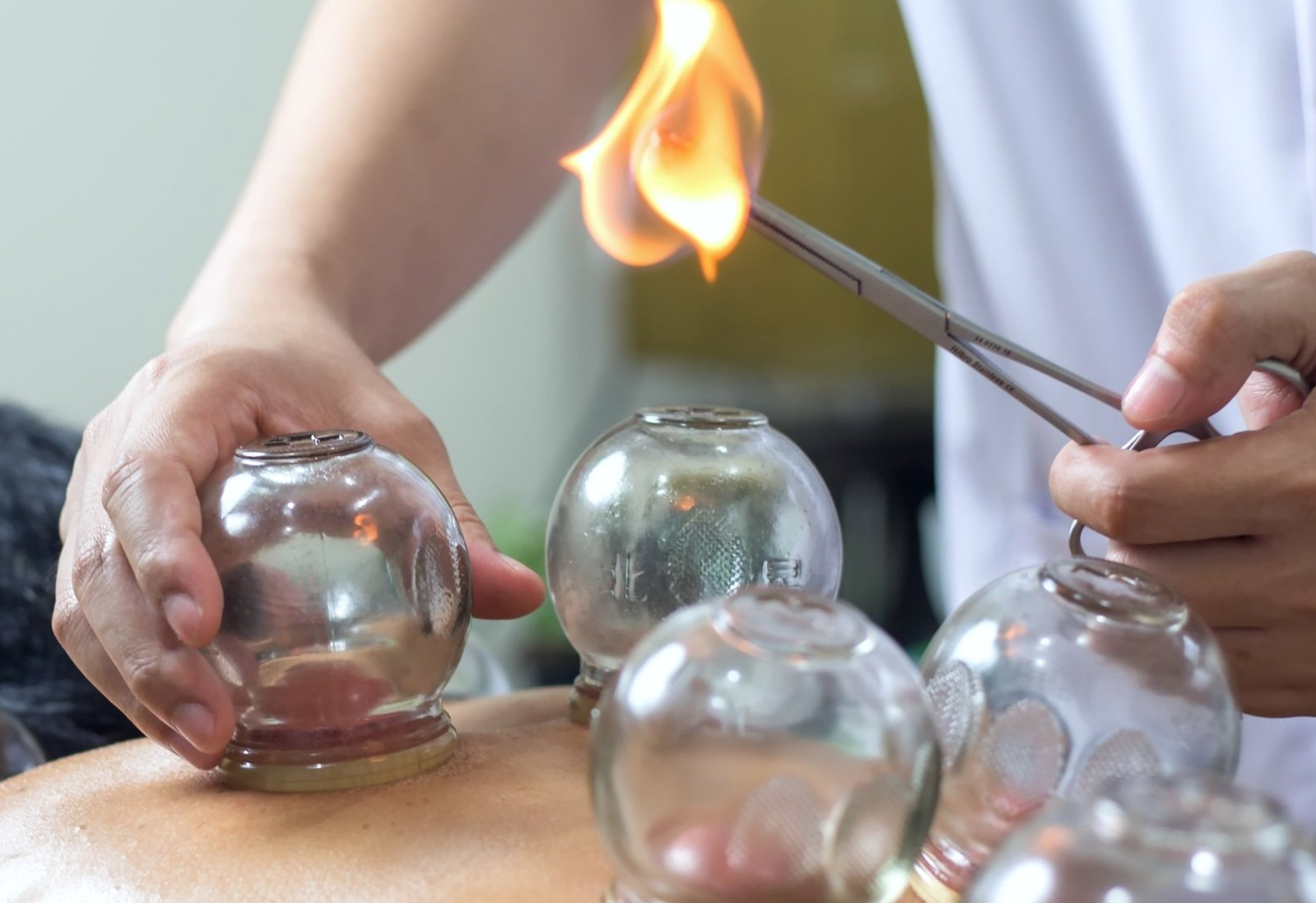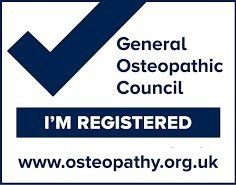London Marathon - Temperature, Hydration & 14 Other Last Minute Tips Before D-Day
- by Joanna Blair
- •
- 19 Apr, 2018
- •
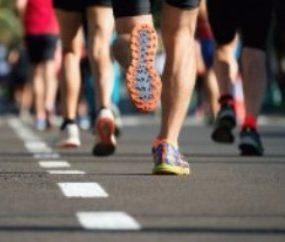
This year's London Marathon is on the horizon for this coming Sunday (April 22nd ) and I am excited to be one of the sports massage volunteers for the prestigious event. According to 2016 marathon statistics, more than 55% of the 247,000 people applying to run the London Marathon were first-time runners. There are variable ways that can dictate the type of experience and performance you have on race day, and as the day looms closer no matter how many times you’ve rehearsed it in your head, uncertainties will still come bursting to the surface. Nerves start jangling and doubts start popping up in places you never anticipated. But, just remember that you have done all the hard work, you will be surrounded with help everywhere, the organisation is excellent, plus the crowd and runners will most definitely pull you through!
2018; The heat is on...!
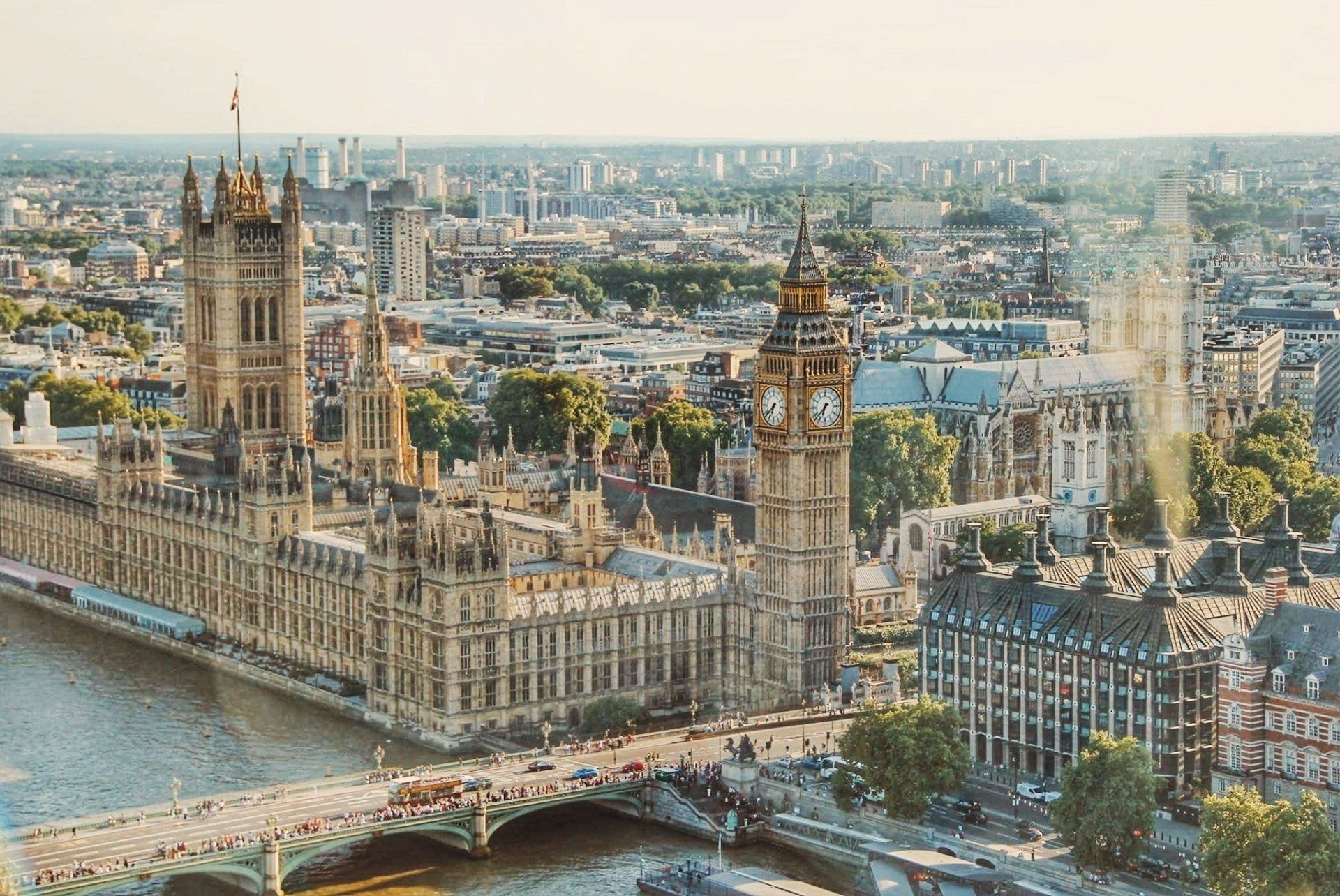
Compared to a miserable 2017/18 winter, this week has been freakishly scorching with hitting up to 28 degrees in some areas making it one of the hottest Aprils in years and it is predicted to be over 20 degrees on the big day. It might be worth noting that marathon performance tends to decline with warmer air temperatures for both men and women (1). The study by El Hou et al.,
(2012) found that optimal
temperatures to run a marathon at maximal speeds for both sexes vary from 3.8 degrees to
9.9 degrees according to each level of performance. The study concluded that more runners withdrew during a marathon race in warmer
air temperatures and running speeds tend to decline. Thus, my first top tip might be to pace yourself, you might have a goal to set a new personal best time but you also want to finish the race.
Previous Marathons & Air Temperature
In the 2004 Boston Marathon, it was observed that more than 300 emergency medical calls were made because of high air temperatures which forced organisers to change the race's start time from noon to 10am to reduce the occurrence of heat stress and related casualties (2).
In the 2007 London Marathon, the temperature was hot by London standards with the air temperature reading at 19.1 degrees compared to an average temperature of 11.6 degrees for the nine past years before (1). In 2007, 73 hospitalisations were recorded with 6 cases of severe electrolyte imbalance and one death, the total average time (of all participants’ average) was 17 minutes slower than usual finishing times (1). By vast contrast, the number of people treated for medical issues in London 2008 in cool and rainy conditions with an air temperature of 9.9 degrees was 20% lower (2).
In the 2007 London Marathon, the temperature was hot by London standards with the air temperature reading at 19.1 degrees compared to an average temperature of 11.6 degrees for the nine past years before (1). In 2007, 73 hospitalisations were recorded with 6 cases of severe electrolyte imbalance and one death, the total average time (of all participants’ average) was 17 minutes slower than usual finishing times (1). By vast contrast, the number of people treated for medical issues in London 2008 in cool and rainy conditions with an air temperature of 9.9 degrees was 20% lower (2).
Like plants, hydrate but not too much...
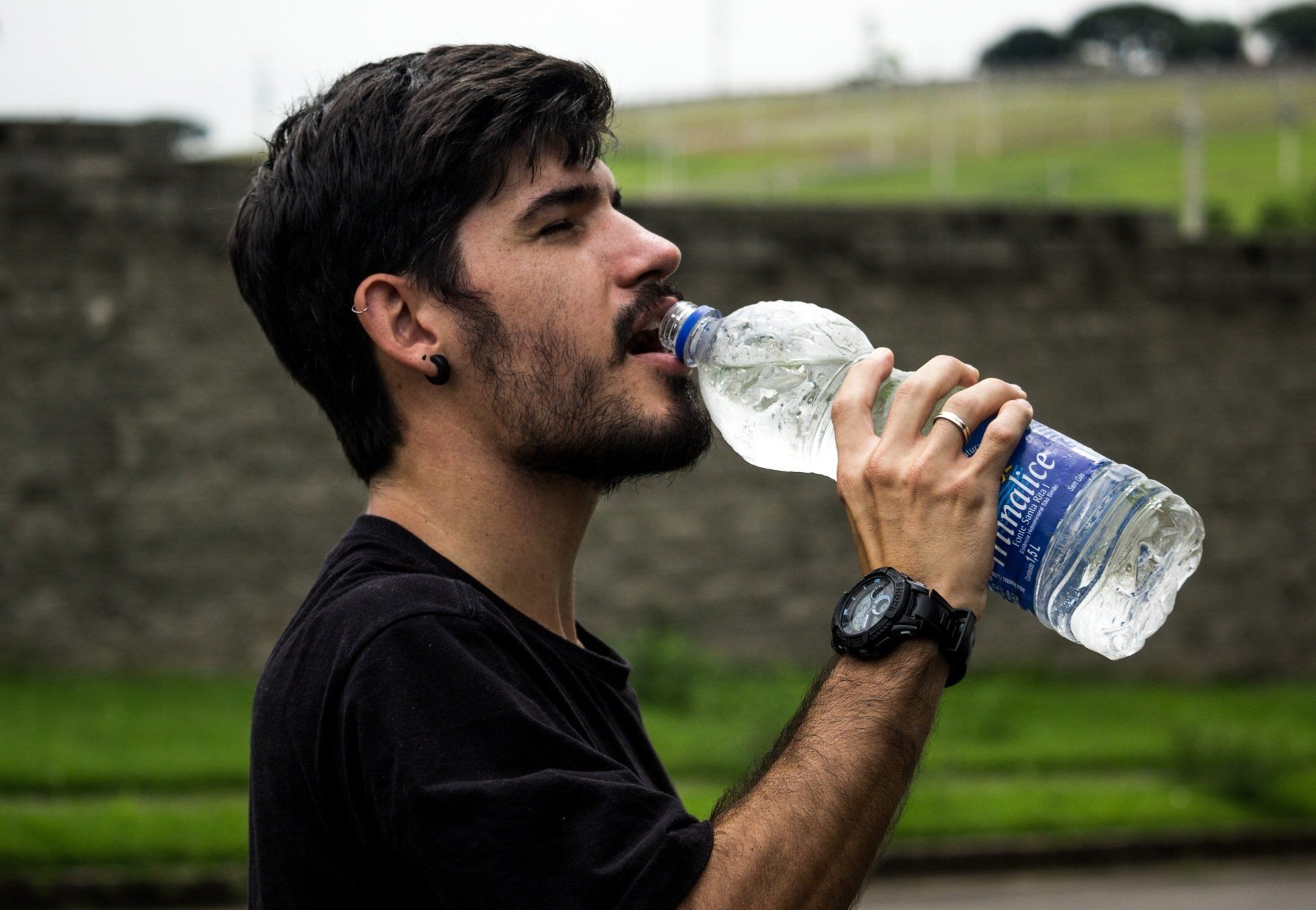
Williams et al,.
(2010) found that marathon runners still lack knowledge when it comes to knowing how much is appropriate to drink during marathon race day. Their study results showed that over 93.1% of runners had read or been told about drinking fluids on marathon day, however, 12% still planned to over drink or put them at higher risk ofexercise-associated hyponatremia (EAH) which causes sodium ion levels to drop too low (3). Interestingly, their study also found that only 21.7% knew the volumes of water and sports drink bottles available on the course, 20.7% were planning to take a drink from all 24 water stations and only 25.3% planned to drink according to thirst (3). Although 68% of the runners had heard of hyponatremia or low sodium levels, only 35.5% had a basic understanding of its cause and effects, 12% reported drinking strategies that put them at risk of EAH (3). Thus, it seems that drinking what is necessary might be more ideal and try not to over drink to prevent over hydration.
Our Top 14 Quick Marathon Tips click here
[1.] El Helou, N., Tafflet, M., Berthelot, G., Tolaini, J., Marc, T., Guillaume, M,. Hausswirth, C., Toussain, J. F.
(2012) Impact of Environmental Parameters on Marathon Running Performance, Plos one, 7, 5: 1-9.
[2.] Roberts WO (2010) Determining a ‘‘do not start’’ temperature for a marathon on the basis of adverse outcomes. Med Sci Sports Exerc 42(2): 226–232.
[3.] Williams, J., Tzortziou Brown, T., Malliaras, P., Perry, M., Kipps, C. (2012) Hydration strategies of runners in the London Marathon, Clin J Sport Med. 2012 Mar;22(2):152-6.
(2012) Impact of Environmental Parameters on Marathon Running Performance, Plos one, 7, 5: 1-9.
[2.] Roberts WO (2010) Determining a ‘‘do not start’’ temperature for a marathon on the basis of adverse outcomes. Med Sci Sports Exerc 42(2): 226–232.
[3.] Williams, J., Tzortziou Brown, T., Malliaras, P., Perry, M., Kipps, C. (2012) Hydration strategies of runners in the London Marathon, Clin J Sport Med. 2012 Mar;22(2):152-6.
